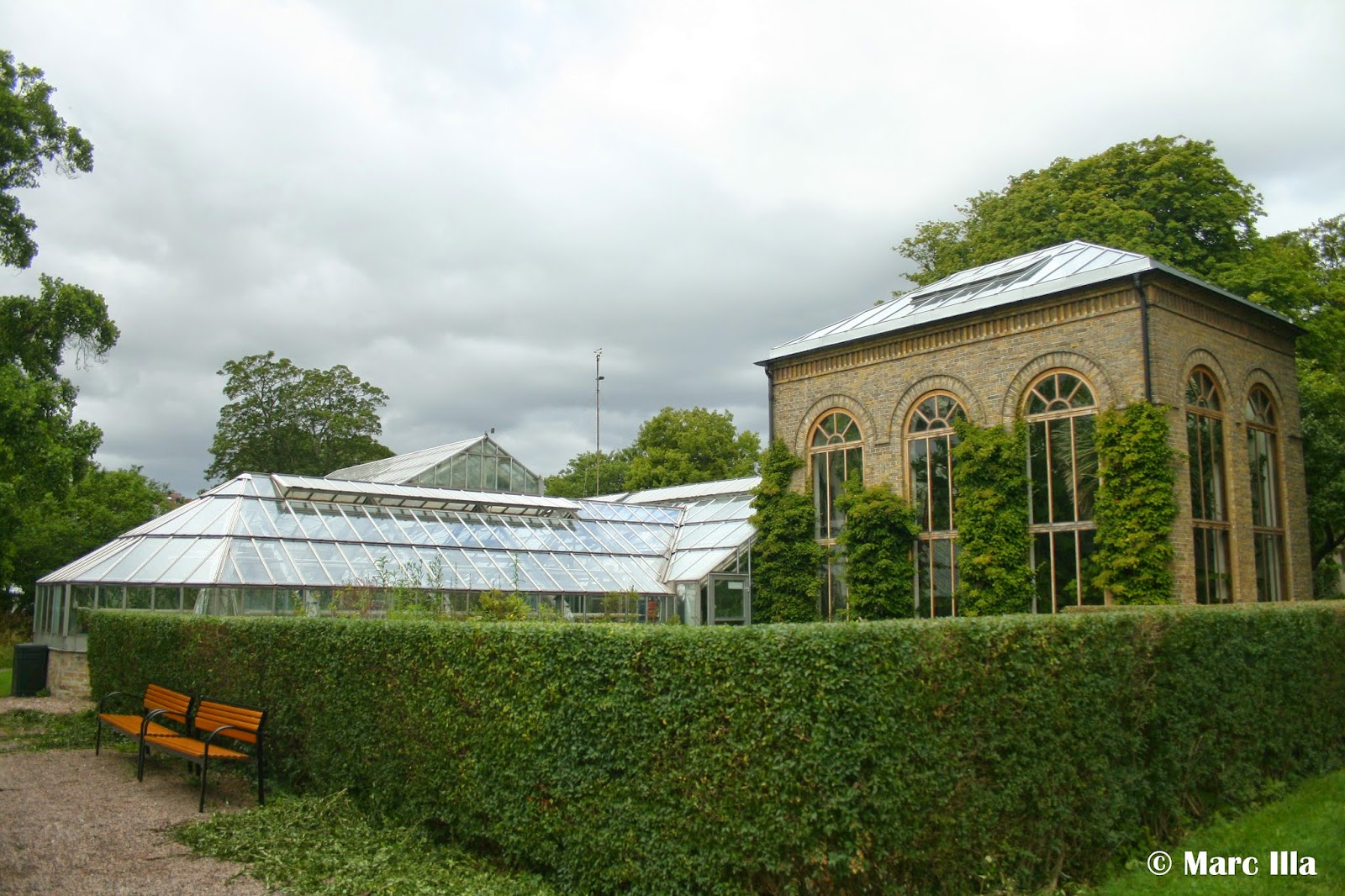We had some busy days in Flommen with more than 100 birds, mainly Reed Warblers (Acrocephalus scirpaceus). We even beat the average!, but today is the third day in a row that we can't ring anything, so if we don't have massive captures next days, we won't be able to reach the average again!
 |
| Among the amount of captures, we trapped one scirpaceus from Belgium, and this one was from Latvia! (and it's a 1st-year!) |

As I said, we had a lot of birds to ring these days, but not many variety. Apart from the usual Acrocephalus species (we have ringed more than 100 Marsh Warblers this season, by the way), we had 2 Grasshopper Warblers (Locustella naevia) and the usual stuff like Common Whitethroat (Sylvia communis), Barn Swallow (Hirundo rustica)...

 |
| First-year Whitethroat (Sylvia communis), with moult limit in the inner greater coverts (4 moulted). |



Then, we trapped another adult, that hadn't started the moult yet. For me it looks like a second-year (EURING 5):

 |
| Those birds are usually not so worn, and I think that assess the wear to age can be really hard. Nonetheless, the outer primaries and the inner secondaries are very pointed, and the tip of these feathers is not as wide as I would expect in an adult. |
 |
| The alula is more 'square-shaped' in adults, and sometimes adults show some white spots on it. Compare, in the collage above, how the shape of the alula is the same than other first-year birds we caught. |
 |
| Face and breast have some 'brown feathers in between, just a very little few, but I would expect that in second-years. The iris colour is orangish too. |
 |
| Also, the chin have a lot of white, thing that is also typical of second-years. |
 |
| Back to the Hedgehog for one moment, look how greyish is the chin. That was maybe a 3+ (EURING 6)... |


 |
| Asian Blue Quails (Excalfactoria chinensis) lives inside the botanical garden!! It's nice to see them running everywhere! |


No comments:
Post a Comment